Lavender care: irrigation, cultivation and pruning
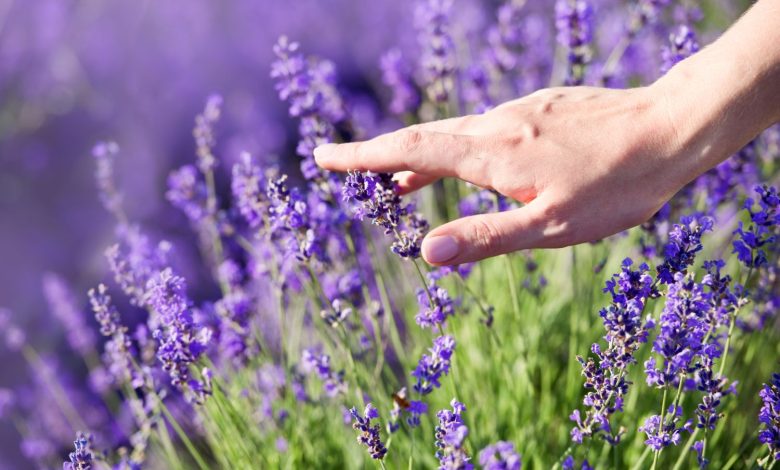
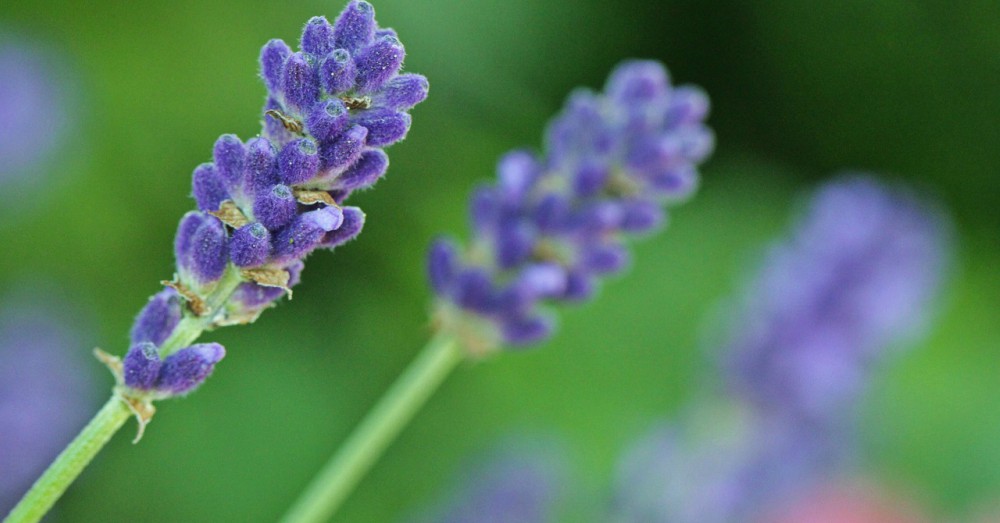
Lavender is one of the aromatic plants par excellence, perfect to have at home. Lavender care is not too complicated; and they not only give us the pleasure of enjoying the natural beauty of this plant, but also its greatest virtue: its peculiar and irresistible perfume. It is an aroma that smells of summer, nature and a source of natural medicinal remedy.
Being a wild shrub, Lavender is a plant with a rustic character that will not require much from us to flower in the summer months. What’s more: it is important to know that this plant is even capable of growing in rocky areas and in full sun, so this gives us a good clue of its few needs.
Let’s find out what they are to enjoy this wonderful plant at home!
FIVE STEPS TO GROW LAVENDER
Lavender in any of its varieties (there are more than 60 types) is perennial, so its leaves will not be renewed annually. Capable of reaching a meter and a half in height, this plant is a shrub that will take on a woody character. This makes Lavender ideal for forming beautiful closures and borders (which will be even more striking with the arrival of its unique bloom).
Something that we can achieve by following five simple steps to grow this wonderful plant:
1. What type of substrate does Lavender need?
Lavender not only needs an alkaline substrate (or, what is the same, with a high pH) but it is also essential for its correct growth. In the event that our soil is acidic, we will have to compensate for that acidity with a specific substrate (which we will have to apply on a recurring basis) or even by adding lime to raise the pH.
In addition to making the plant have this type of substrate to grow, it is essential that Lavender has good drainage. To do this, the ideal is that we provide a sandy soil (which facilitates the evacuation of water, avoiding any trace of moisture). This aspect is especially important, since the roots of Lavender do not tolerate waterlogging in any season of the year, but especially in winter (a time when an excess of water in the roots can freeze them and kill the plant).
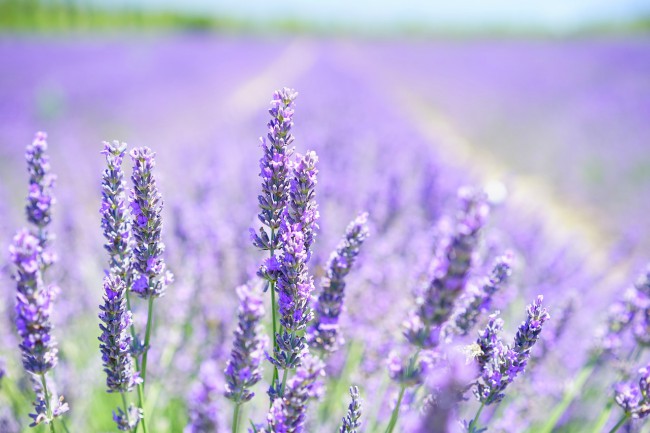
2. Where to plant Lavender?
There is no specific place but, rather, one that meets the necessary conditions. By this we mean that both in a pot (something that we will have to choose carefully: it will need to have a diameter of between 30 and 40 centimeters) and directly in the ground it is possible to plant Lavender and enjoy it successfully. What is important is that the plant has good aerationor, what is the same, that when we plant it we not only avoid doing it very close to other plants but also anticipate the dimensions it can reach when it begins to grow (with a view to keeping a certain distance from any other plant). In this way, it will be able to grow normally without hindering the growth of its neighbors either.
In addition, it is essential that the plant receives direct sun for at least six hours a day. A good reason to avoid, if we plant it on the ground, is that it be close to trees that can rob it of light.
3. How should Lavender be watered?
Given its rustic character, Lavender in nature can even withstand times when there is no water. However, we will have to pay attention to its irrigation pattern, especially in the growing months when we will have to dispense moderate watering. It is important that we water it, always avoiding wetting its branches and flowers, since doing so runs the risk of fungi proliferating on the plant.
During the cold months, we will space out the waterings and concentrate them in the middle of the day to avoid that, with the arrival of night, their roots can still retain moisture. In the hot months, the ideal is a regular watering once a week and as long as the substrate is dry before doing it (if it still retains moisture, we will wait a little longer before watering again).
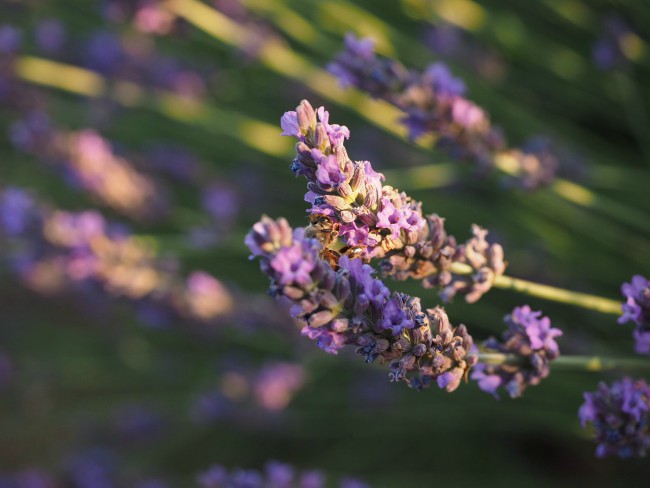
4. Is Lavender paid?
Well, no, it is more, it is not recommended! As a good rustic bush, it is not too demanding in terms of soil quality and an excess of fertilization can cause its flowering to lose its powerful characteristic aroma. However, if the soil in which it is planted is very poor or for those specimens in a pot, it is advisable to apply a minimum dilution of fertilizer before the flowering season.
5. When is Lavender pruned?
And if fertilizing the plant is not important, pruning is. This is something that we should not confuse with picking its flowers (if their destination is for decorative or even medicinal purposes). With the beginning of spring or the arrival of autumn (always before or after the flowering season), it is best to carry out a small pruning that will never exceed half the size of the plant. Thanks to it, we will be stimulating the growth of new branches but also of its flowers.
We will carry out this same task in those lavenders that are arranged creating a closure or border, with a small difference: in addition to pruning it in height, we will have to do it in contour (with a view to giving it the shape we want, and that the entire closure follows a same aesthetic line).
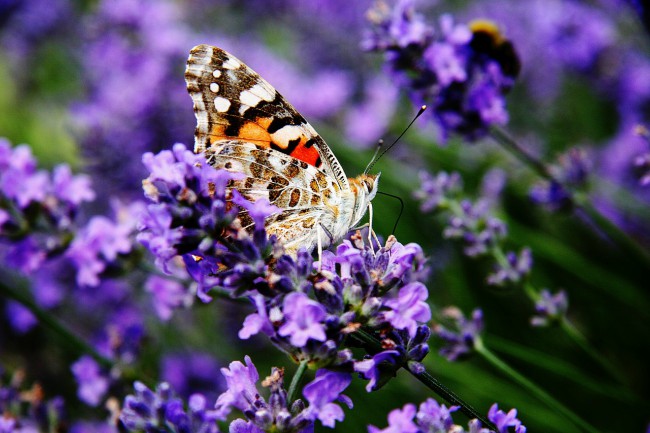
And with these five steps to grow Lavender, it will be rare for us to resist being able to count on its wonderful fragrance during the summer months. One that is also a true magnet for the biodiverse fauna that lives in the garden and that is so necessary for the sustainability of nature.
Isn’t that a compelling reason to take care of Lavender as it deserves?
Visit here our selection of Lavender plants> Potted Lavender


![Photo of How to Plant Nasturtium in your Garden: [Complete Guide and Steps to Follow]](https://www.complete-gardening.com/wp-content/uploads/2022/08/how-to-plant-nasturtium-in-your-garden-complete-guide-and-steps-to-follow-390x220.jpg)
![Photo of Lavender Cuttings in Spring: [Grafts, Time, Rooting and Planting]](https://www.complete-gardening.com/wp-content/uploads/2022/08/lavender-cuttings-in-spring-grafts-time-rooting-and-planting-390x220.jpg)
![Photo of Vertical Garden: [Complete Guide, Examples and How to Make Yours]](https://www.complete-gardening.com/wp-content/uploads/2022/08/jumpstory-download20220214-103733_1-scaled-1-390x220.jpg)